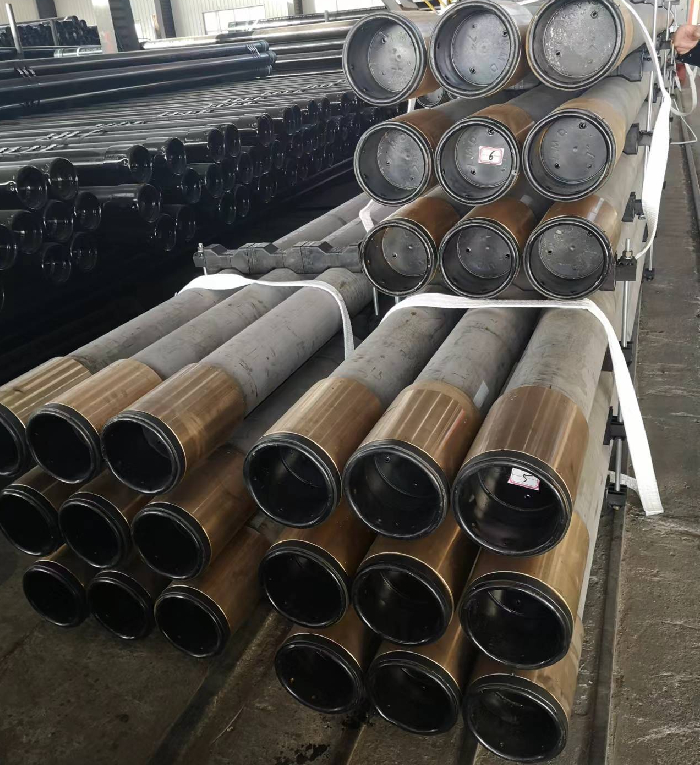- Afrikaans
- Albanian
- Amharic
- Arabic
- Armenian
- Azerbaijani
- Basque
- Belarusian
- Bengali
- Bosnian
- Bulgarian
- Catalan
- Cebuano
- Corsican
- Croatian
- Czech
- Danish
- Dutch
- English
- Esperanto
- Estonian
- Finnish
- French
- Frisian
- Galician
- Georgian
- German
- Greek
- Gujarati
- Haitian Creole
- hausa
- hawaiian
- Hebrew
- Hindi
- Miao
- Hungarian
- Icelandic
- igbo
- Indonesian
- irish
- Italian
- Japanese
- Javanese
- Kannada
- kazakh
- Khmer
- Rwandese
- Korean
- Kurdish
- Kyrgyz
- Lao
- Latin
- Latvian
- Lithuanian
- Luxembourgish
- Macedonian
- Malgashi
- Malay
- Malayalam
- Maltese
- Maori
- Marathi
- Mongolian
- Myanmar
- Nepali
- Norwegian
- Norwegian
- Occitan
- Pashto
- Persian
- Polish
- Portuguese
- Punjabi
- Romanian
- Russian
- Samoan
- Scottish Gaelic
- Serbian
- Sesotho
- Shona
- Sindhi
- Sinhala
- Slovak
- Slovenian
- Somali
- Spanish
- Sundanese
- Swahili
- Swedish
- Tagalog
- Tajik
- Tamil
- Tatar
- Telugu
- Thai
- Turkish
- Turkmen
- Ukrainian
- Urdu
- Uighur
- Uzbek
- Vietnamese
- Welsh
- Bantu
- Yiddish
- Yoruba
- Zulu
Understanding the Features and Applications of J55 Coupling in Oil and Gas Industry
Understanding J55 Coupling An Essential Component in Oil and Gas Operations
In the ever-evolving landscape of the oil and gas industry, the reliability and efficiency of equipment and connections are paramount. One such crucial component widely utilized in this sector is the J55 coupling. This article explores the significance, characteristics, and applications of the J55 coupling in oil and gas operations.
What is J55 Coupling?
The J55 coupling is a type of threaded pipe connection used primarily in the drilling and production of oil and gas. It is part of the larger family of casing couplings, which are essential for ensuring the integrity and safety of wellbore operations. The J in J55 refers to a specific type of threaded design, while 55 denotes the minimum yield strength of the material, measured in thousands of pounds per square inch (psi). The J55 grade typically features a yield strength of approximately 55,000 psi, making it robust enough to withstand the challenging conditions encountered in subsurface environments.
Material and Design
J55 couplings are typically made from carbon steel, which provides a combination of high strength and ductility, essential for handling the stresses and strains during oil and gas extraction. The coupling design includes standard tapered threads that ensure a secure connection, minimizing the risk of leaks or failures during operations. The threads are carefully engineered to provide a tight fit, allowing for easy assembly while maintaining a high level of performance under stress.
Applications in Oil and Gas Operations
The J55 coupling is predominantly used in various applications, including
1. Casing In the construction of wellbores, J55 couplings are used to connect sections of casing pipes, which are vital for maintaining the structural integrity of the well. Casing provides protection against collapse and ensures the isolation of different formations within the borehole.
j55 coupling

2. Completion During the completion phase of well development, J55 couplings may be used to connect production tubing, facilitating the flow of hydrocarbons from the reservoir to the surface. The robustness of the J55 grade ensures a reliable connection, which is critical for efficient production.
3. Drilling Operations In some cases, J55 couplings may be used within drill pipe connections, ensuring that the entire drilling assembly operates smoothly under high pressures and temperatures. The durability of the J55 material helps in reducing the risk of equipment failure during drilling.
Advantages of J55 Coupling
The J55 coupling offers several advantages
- Strength and Durability The high yield strength of J55 materials ensures that couplings can withstand extreme conditions commonly found in oil and gas wells. - Corrosion Resistance When properly coated or treated, J55 couplings can resist corrosion, which is critical in environments where they may be exposed to corrosive elements.
- Ease of Installation The threaded design allows for quick and straightforward connections, reducing downtime during well construction and maintenance.
Conclusion
In the oil and gas industry, every component plays a critical role in ensuring the success of operations. The J55 coupling, with its strength, reliability, and versatility, stands out as a key element essential for safe and efficient oil and gas extraction. As the industry continues to advance, the importance of high-quality components like the J55 coupling cannot be overstated—a testament to the ongoing evolution and improvement in technological standards within the sector.
-
Tubing Pup Joints: Essential Components for Oil and Gas OperationsNewsJul.10,2025
-
Pup Joints: Essential Components for Reliable Drilling OperationsNewsJul.10,2025
-
Pipe Couplings: Connecting Your World EfficientlyNewsJul.10,2025
-
Mastering Oilfield Operations with Quality Tubing and CasingNewsJul.10,2025
-
High-Quality Casing Couplings for Every NeedNewsJul.10,2025
-
Boost Your Drilling Efficiency with Premium Crossover Tools & Seating NipplesNewsJul.10,2025







